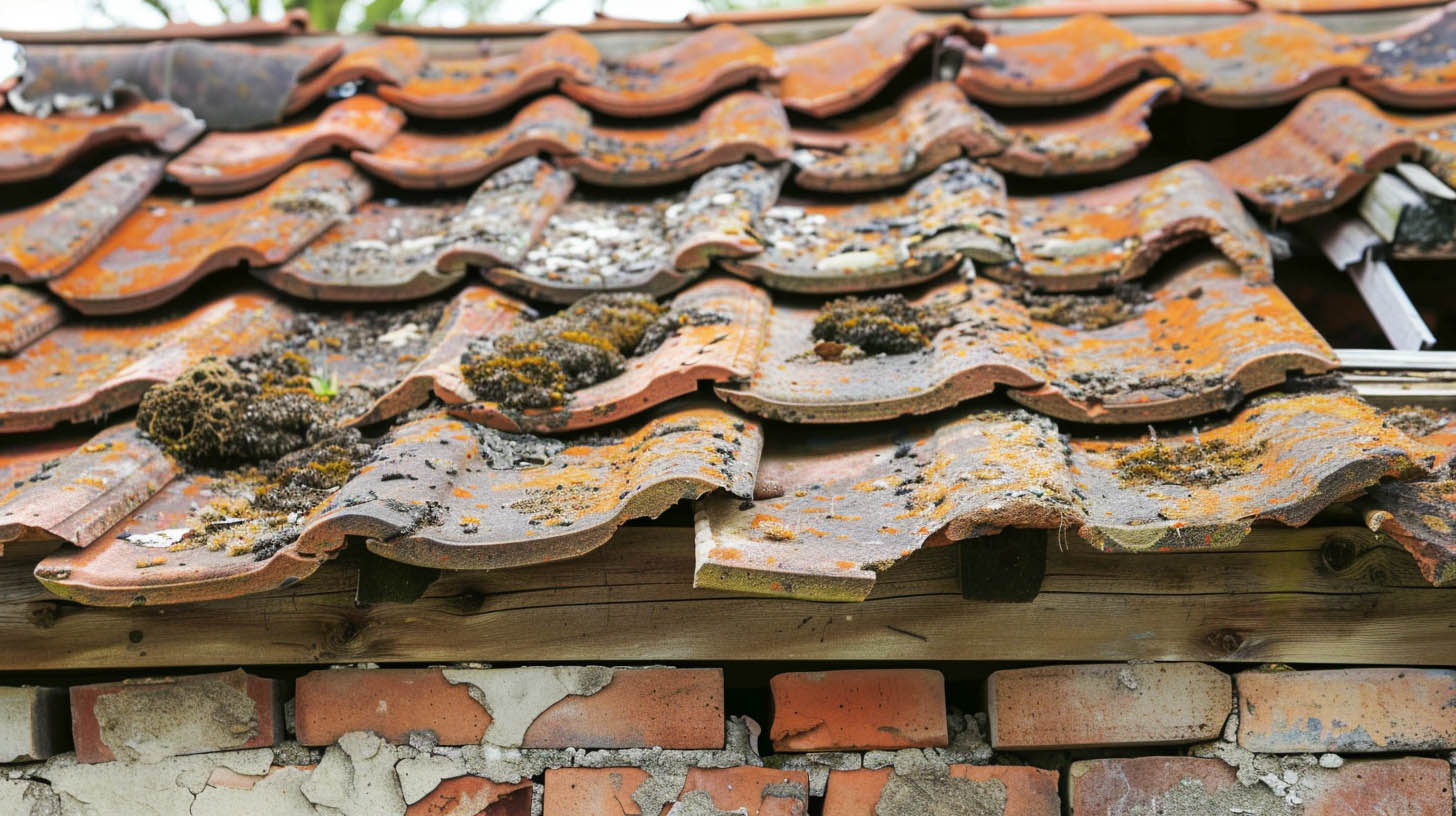Roofs, much like shields, offer critical protection to homes from various environmental threats. Understanding and applying proper maintenance strategies can significantly enhance the longevity and functionality of your roof. Here are ten vital steps to safeguard your roof from potential damage.
1. Inspect Nearby Trees
Trees can enrich your landscape but also pose risks to your roof, especially when close to your home. Limbs weakened by weather or disease can fall and damage shingles, while overhanging branches provide easy access to pests. Regularly trim trees to minimize leaf buildup and prevent blockages in your gutters.
2. Maintain and Clean Gutters
Gutters play a crucial role in preventing water damage by directing rainwater away from your roof and foundation. Ensuring your gutters are free from debris and fully functional can prevent water from pooling under shingles, which can lead to rot and structural damage.
3. Clear Roof Debris
Debris such as leaves, twigs, and other elements can accumulate on your roof and cause various issues. These materials can strip protective granules from the shingles and obstruct proper water flow, potentially leading to water damage. Regular cleaning to remove debris is essential for maintaining the roof’s integrity.
4. Eliminate Moss and Algae Growth
The presence of moss, algae, or lichen on your roof can block its natural protective features and lead to shingle deterioration. These growths retain moisture against the roof, exacerbating wear and potentially leading to wood rot. Removing these elements promptly can prevent extensive damage.
5. Schedule Biannual Roof Inspections
Having your roof inspected by professionals twice a year can prepare it for severe weather and identify any damage from past seasons. These inspections help ensure your roof is in optimal condition to face temperature fluctuations and can significantly reduce potential repair costs.
6. Address Ice Dams Quickly
Heat escaping through your roof can melt snow, leading to ice dams. These ice formations can damage your roof by allowing water to back up under shingles. Proper attic insulation and ventilation can minimize heat loss and prevent the formation of ice dams.
7. Repair or Replace Damaged Shingles
Shingles protect your roof from weather and environmental damage. If you notice granule loss, missing shingles, or visible signs of wear, consult a professional for repair or replacement to prevent further damage.
8. Check and Seal Flashings
Flashing around chimneys, vents, and roof valleys is crucial for directing water away from critical areas. Over time, flashing can become loose or damaged. Regular inspections and timely repairs can ensure they continue to perform their essential function effectively.
9. Implement Pest Control Measures
Rodents and other pests can cause significant damage by creating openings in your roof. Maintaining a barrier against pests is crucial. Consulting with pest control and roofing professionals can keep your home safe from animal-induced damage.
10. Inspect and Upgrade Attic Insulation
Your attic plays a key role in overall roof health. Inspecting the attic for leaks, structural damage, and insulation quality can provide insights into potential roof issues. Upgrading insulation can also enhance energy efficiency and reduce the risk of ice dams.
Conclusion
Protecting your roof is a proactive measure that can save you time and money while ensuring the safety and comfort of your home. Summit Exteriors in Coeur d'Alene, ID, as an Owens Corning Preferred Contractor and a leader in the industry, offers expert services tailored to meet the unique challenges faced by North Idaho residents. Trust our decade-long expertise in roofing and gutter solutions to keep your home protected year-round.



